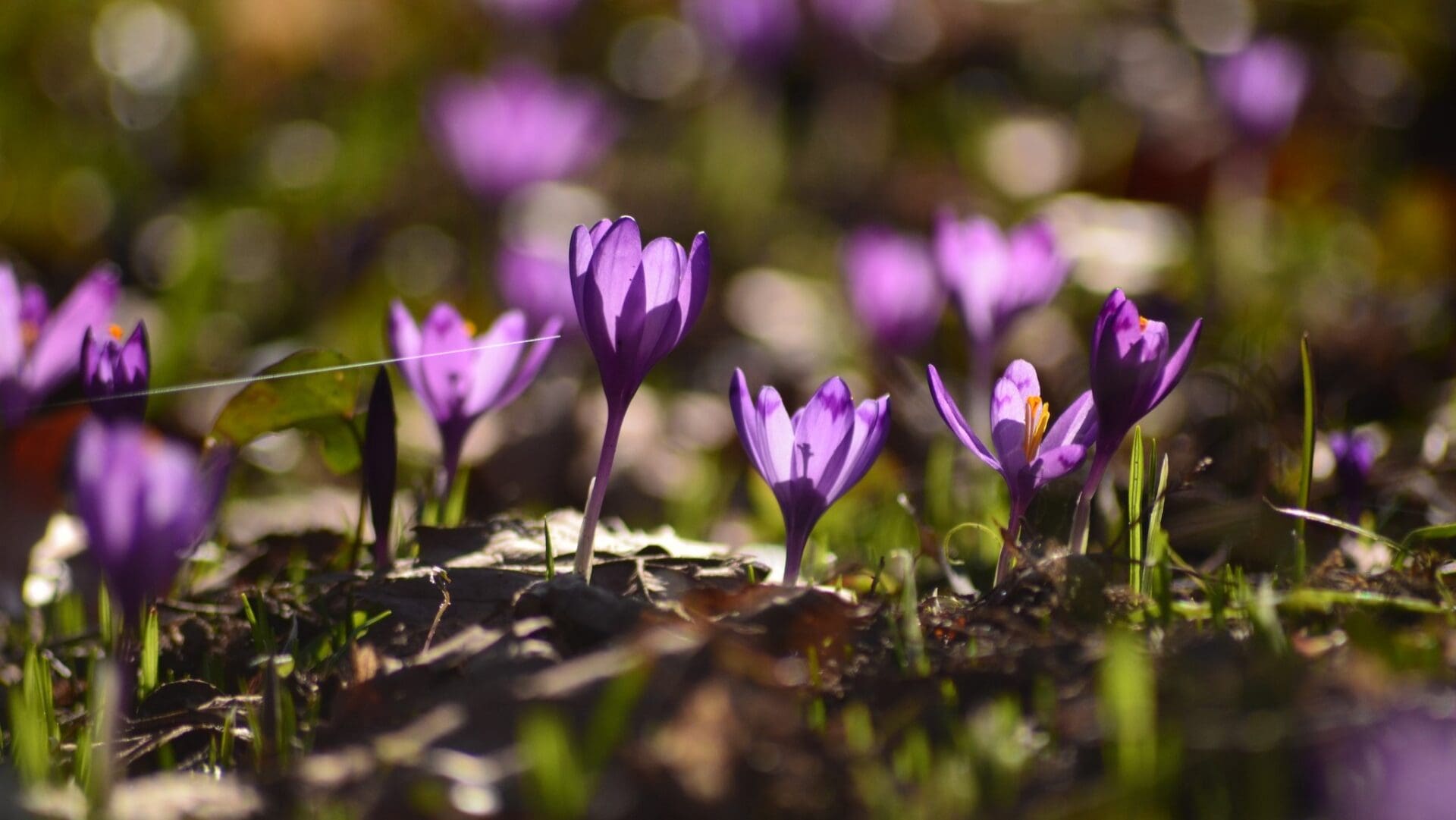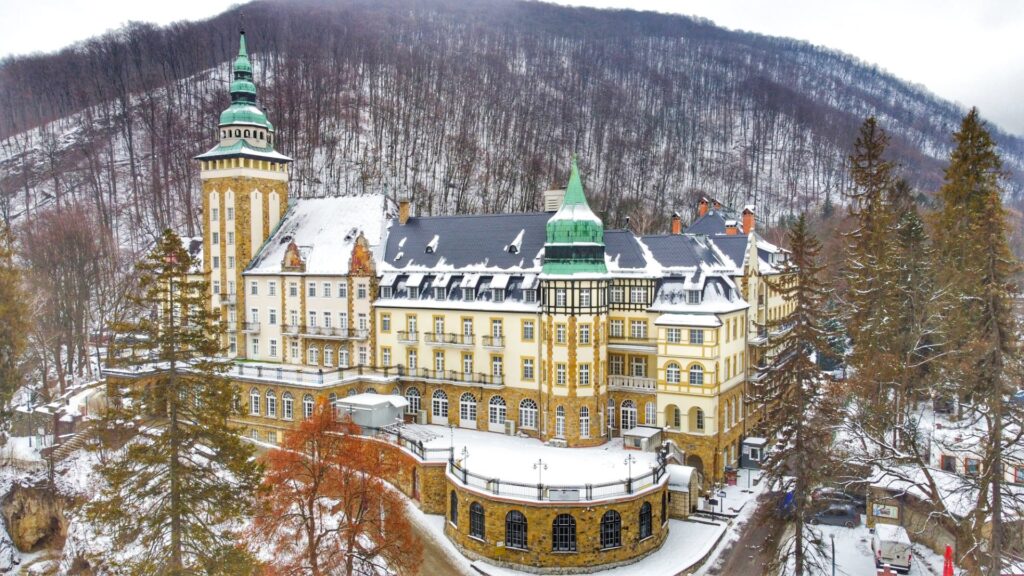The following is an article written by Orsolya Ferenczi-Bónis, originally published in Magyar Krónika.
With the early arrival of spring this year, the country’s arboretums and botanical gardens are already in full bloom. Magyar Krónika collected a set of arboretums worth visiting this March.
National Botanical Garden, Vácrátót
In the Vácrátót Botanical Garden, giant crocuses had bloomed beautifully by March. The purple-coloured flowers can be seen in many parts of the garden, but the continuous patches of flowering plants form a veritable carpet along the banks of the Sződrákos Stream and on the meadows of Nagy-tisztás. Alongside the crocuses, a host of other early spring flowers—including pale blue squills, yellow anemones, wood anemones, and pink and purple fumeworts—also add a splash of colour to the botanical garden, which awaits visitors with extended opening hours from March.
Tip: Erzsébet Fráter, biologist and curator of the Botanical Garden of Vácrátót, presents in her book titled The Plants of the Bible a rich collection of images from her travels in Central Asia, as well as photographs of the botanical garden. It is worth buying the book at the ticket office before walking around in the garden.
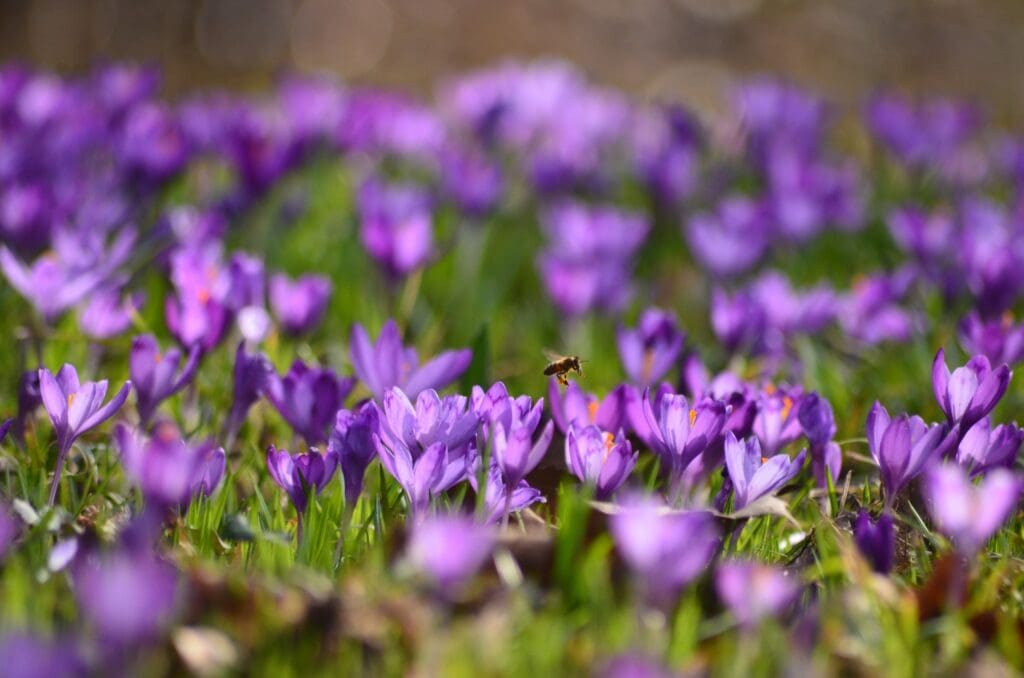
The Arboretum of Alcsút
The snowdrops had already lost their blooms by the beginning of March due to the unusually warm weather, but the Arboretum of Alcsút is full of other attractions this month. As well as violets, early spring flowers such as purple rock cress, elephant’s ears, pasqueflowers, and small-leaved periwinkles can all be found in the garden. Besides, as nature comes to life, not only are the plants blooming, but birdlife is also awakening.
The founder of the arboretum was Archduke Joseph, who was rightly called the ‘most Hungarian Habsburg’ because of his love for the Hungarians and the development of Reform Era Hungary. He established a model farm on his estate in Alcsút and planted special, rare species of plants in his English garden. The park’s special attractions are the remaining parts of the main façade of the castle, as well as the doll’s house, the gloriette, the bear house, and the grotto on the island. The open-air exhibition The Most Hungarian Habsburg — In the Wake of Archduke Joseph presents, in addition to the oeuvre of the Archduke, the story of the former castle and park, including the moments of Joseph and his family in Alcsút.
Tip: Before the castle of Archduke Joseph, architect Mihály Pollack was commissioned to design the Festetics Mansion, the country’s first neoclassical palace in Dég, which is also worth visiting.
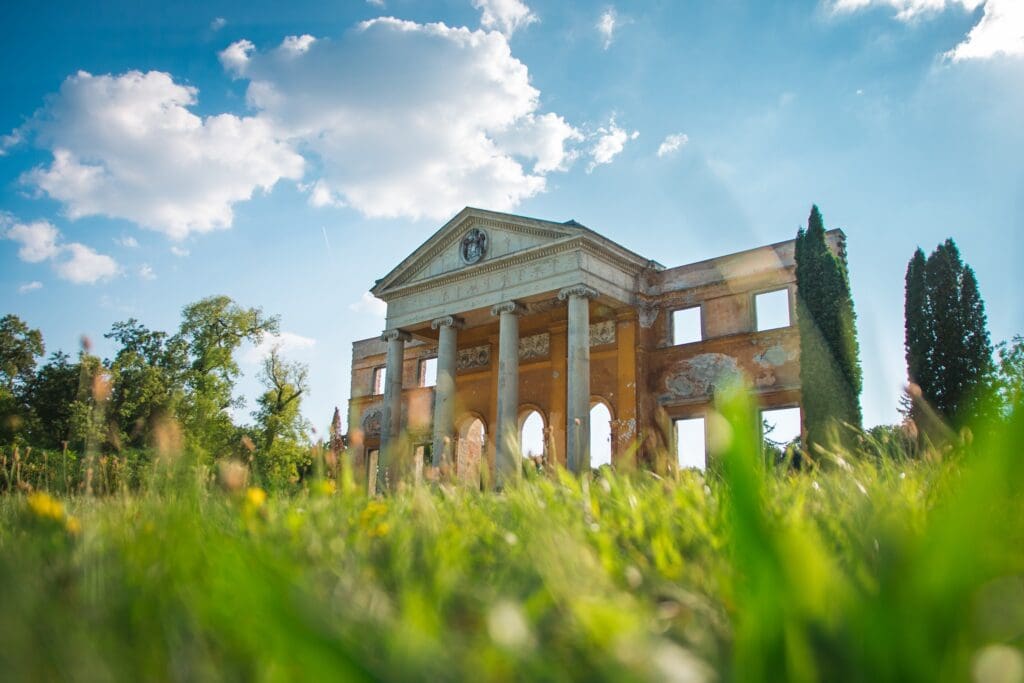
Kámon Arboretum and Ecotourism Visitor Centre
In the Kámon Arboretum in Szombathely, in addition to snowdrops, there are also spring snowflakes and different kinds of crocuses in bloom in early spring. In addition to the plants, visitors can also see the exhibition Armed for Freedom, which opened on 1 March and tells the story of the 1848 Revolution and the swords that were used.
Tip: The early spring weather can turn cooler in the evenings, so if we want to warm up after a walk in the arboretum, the Castellum Teahouse is the best choice for a warm cup of tea.
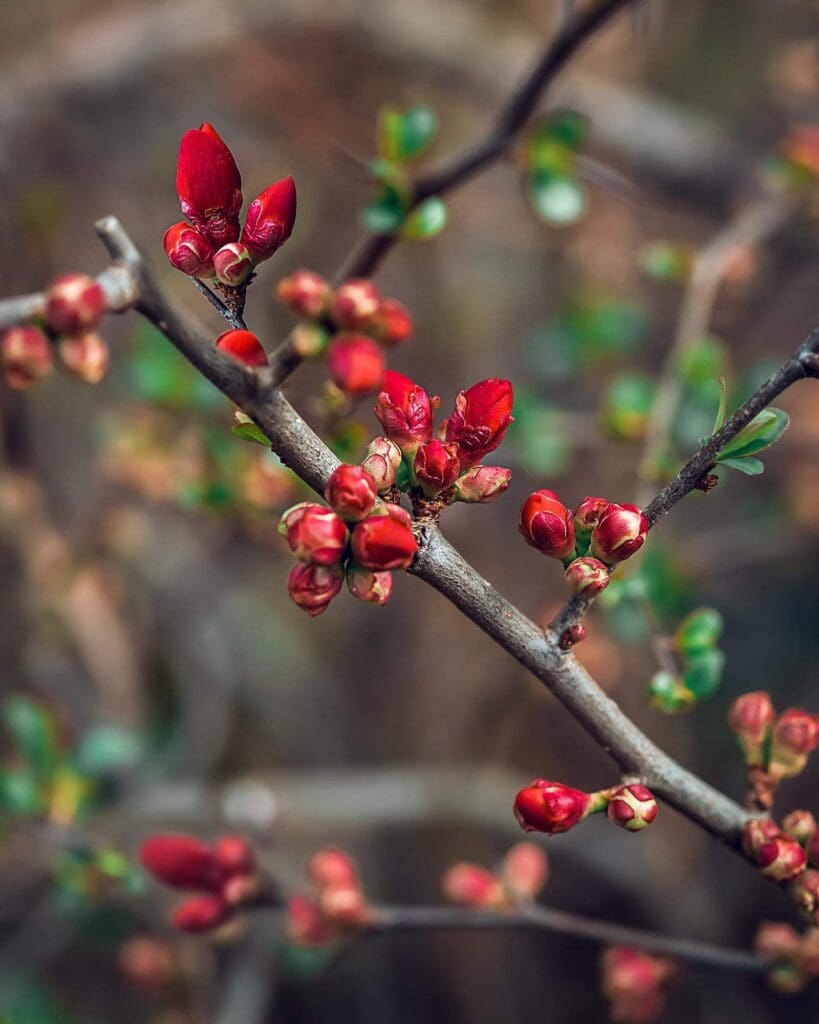
Zirc Arboretum
The English garden of the Zirc Abbey is located in a historic environment. Zirc is the highest town in Hungary, thus the arboretum has the highest dendrology collection in the country. In the Zirc Arboretum, too, the spring sunshine is drawing out more and more early spring flowers, such as crocuses, hellebores, winter aconites, primroses, snowdrops, and dawns. The history of the abbey is intertwined with that of the town, which was founded by monks who came to the country at the invitation of King Bela III at the headwaters of the Cuha Stream in the late 12th century. An interesting fact is that we celebrate the 40th anniversary of Zirc having become a city this year.
Tip: While in Zirc, it is also worth visiting the Cistercian bibliotheca and tasting the famous beer of the abbey’s brewery.
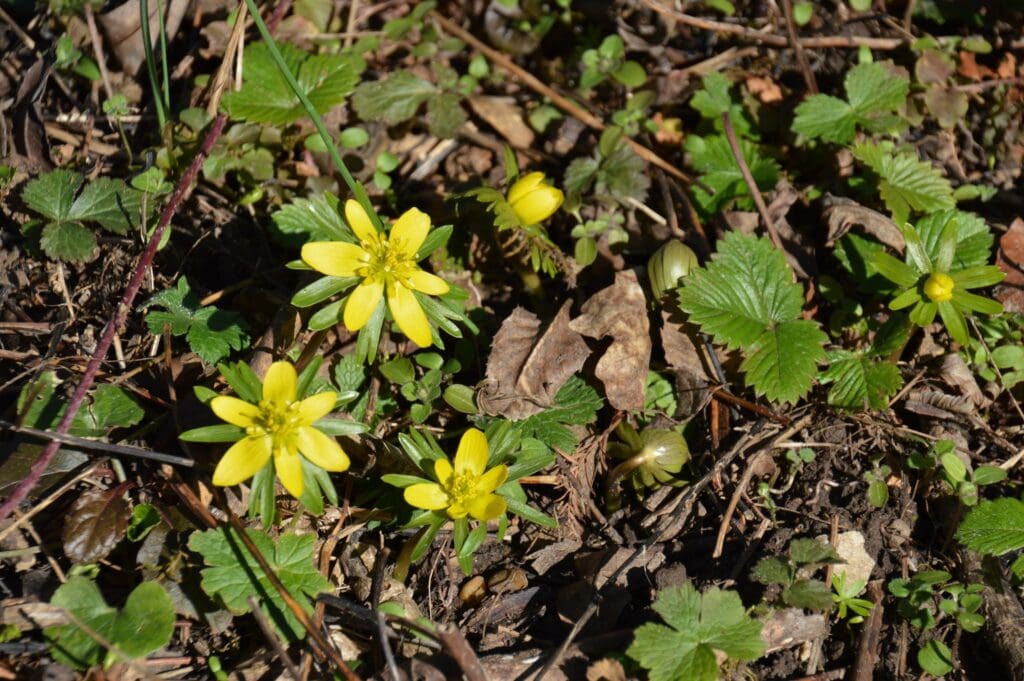
The Arboretum of Szarvas
With the arrival of spring in the arboretum, the time of peacock dance has arrived, too, along with the early flowering of plants. Indian peafowls are everywhere in the garden and are a beautiful sight to behold alongside the giant redwoods and glowing stones. The vast arboretum, also known as the Pepi Garden, has playgrounds and educational trails for families as well. It is interesting to note that the founder of the arboretum, Count József Bolza, nicknamed Pepi, had a good relationship with the Wenckheim family, who planted English oaks, maidenhair trees, swamp cypresses, and plane trees in the English garden of their castle in Szabadkígyós.
Tip: If we are returning to the arboretum in the summer, it is also worth taking part in the programmes of the thousand-seat Szarvas Water Theatre on the banks of the Holt-Körös River.
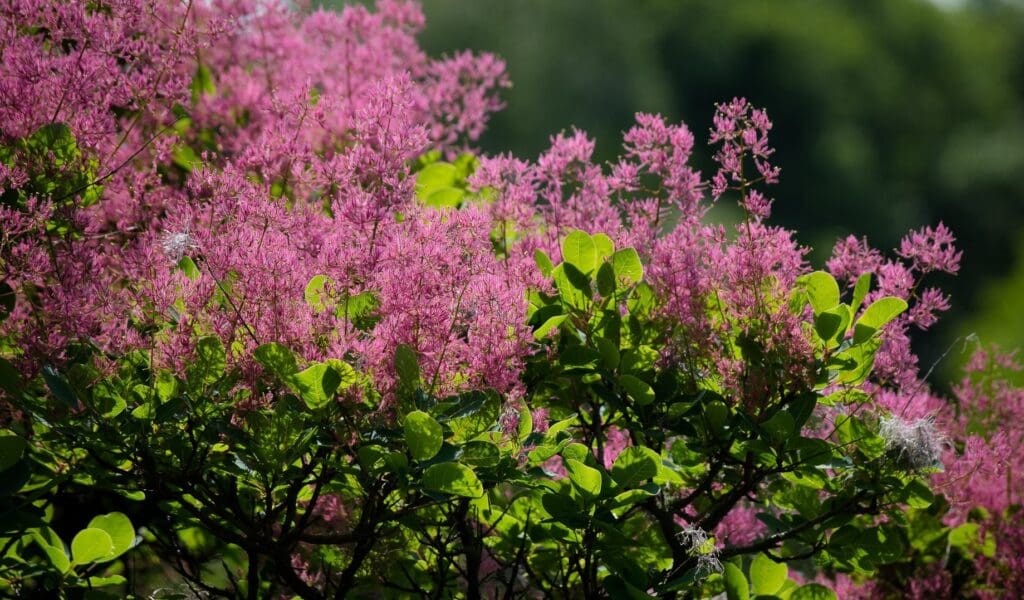
Pannonhalma Archabbey Arboretum and Nature Reserve
The first heralds of spring are awakening in the arboretum of the Benedictine Archabbey of Pannonhalma, too. The first school in Hungary was founded on the hill of Saint Martin, now Pannonhalma, by Benedictine monks, who came to Hungary at the invitation of Prince Géza. The monastery has been in continuous operation since 996 and is not only one of Hungary’s outstanding historical monuments but also an ecclesiastical and cultural centre with its school, library, and winery. The arboretum and herbal garden—the first known historical Hungarian garden—is the same age as the abbey itself. Today, the 22 hectares of nature reserve, part of the Pannonhalma Landscape Protection Area, is home to hundreds of species of trees and shrubs. The Ürmös Porta, whose founders were inspired by centuries-old recipes found in the abbey archives, is located next door.
Tip: The arboretum is open all year round, so if we return in August, we should also visit the Arcus Temporum art festival.
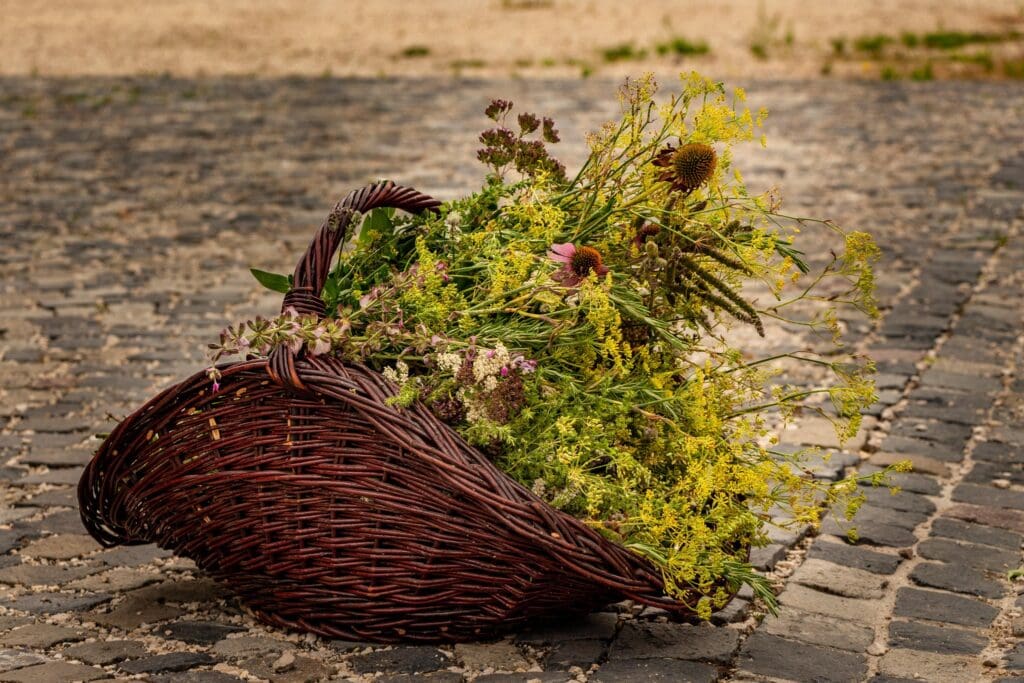
Related articles:
Click here to read the original article.

